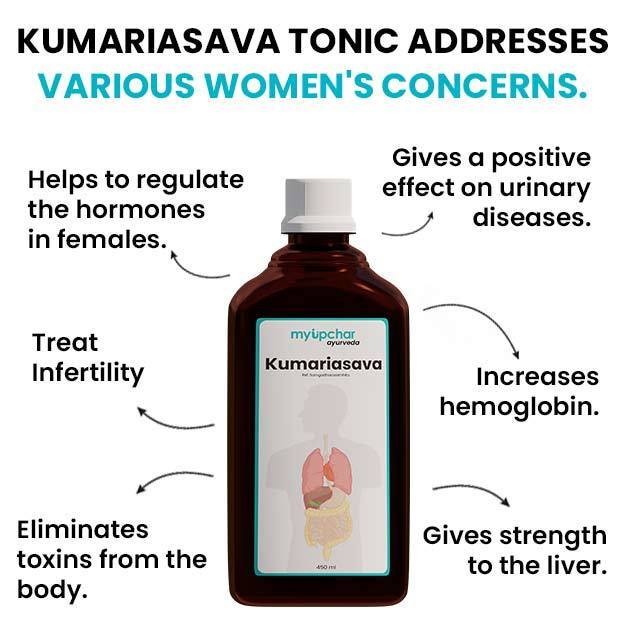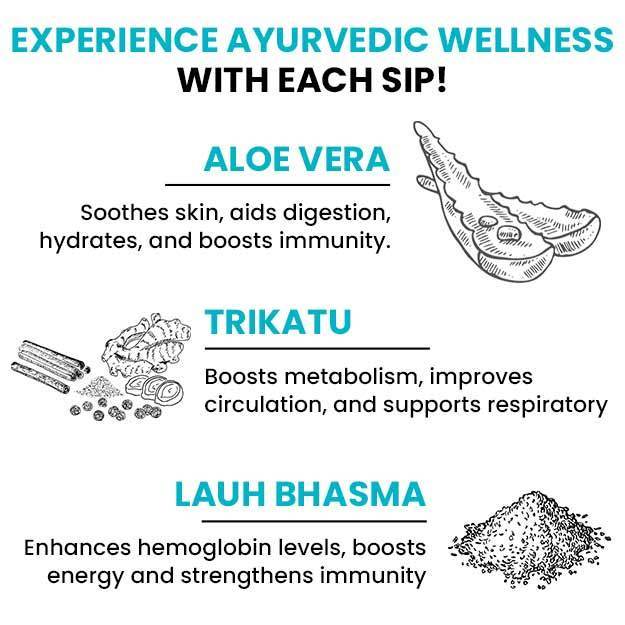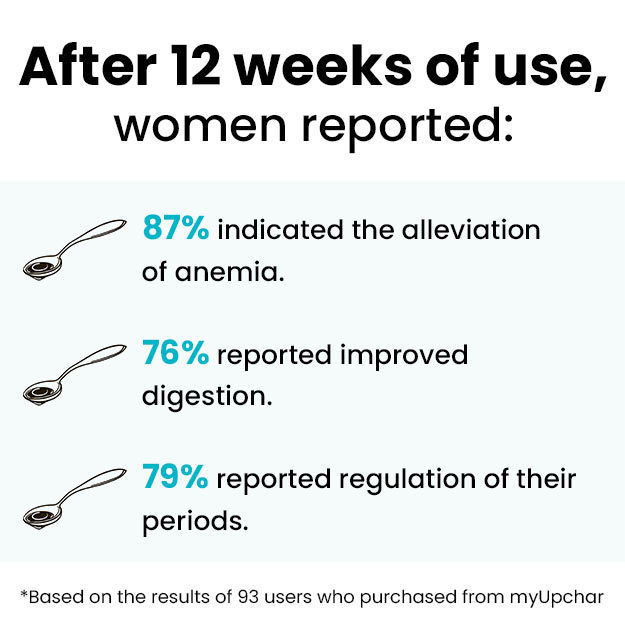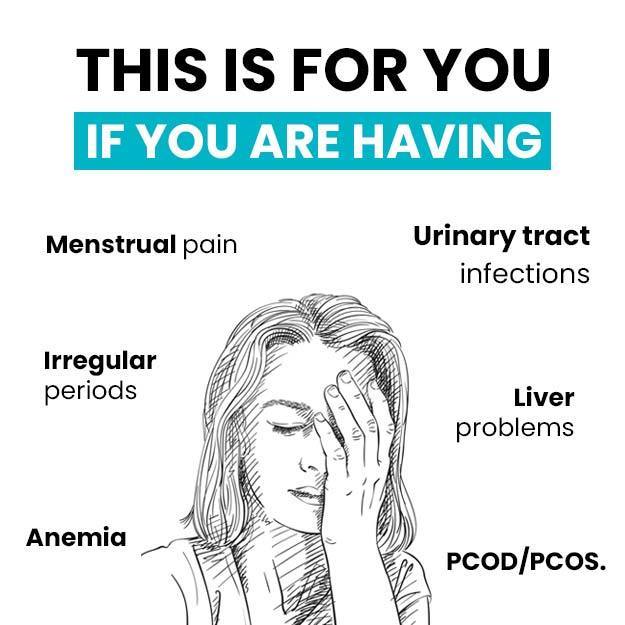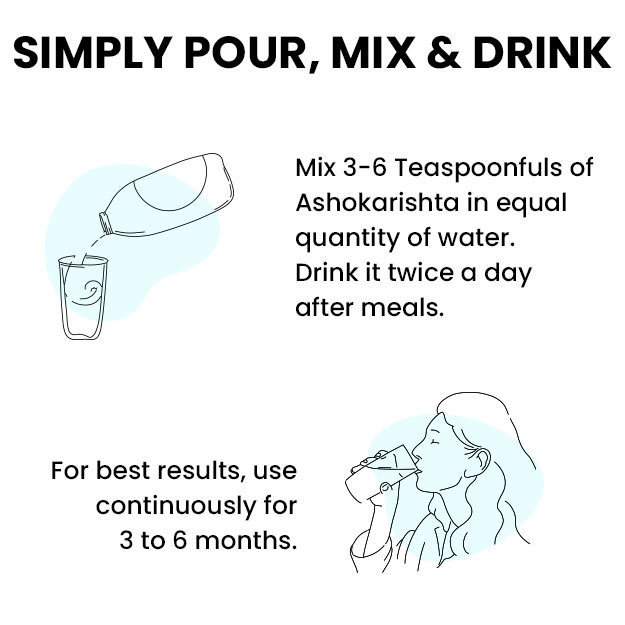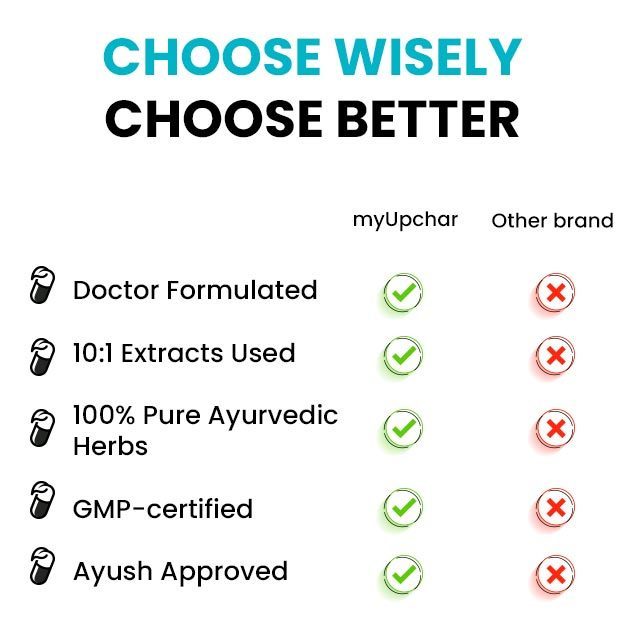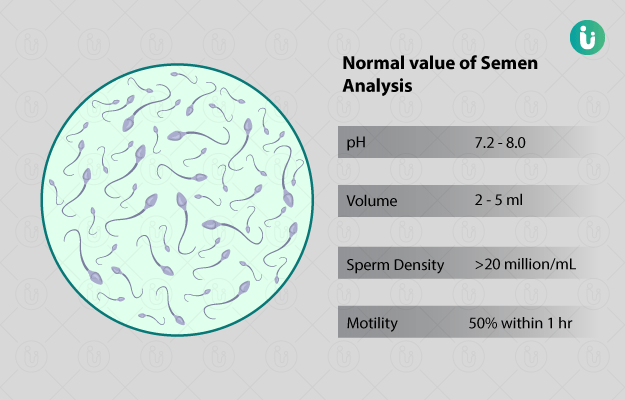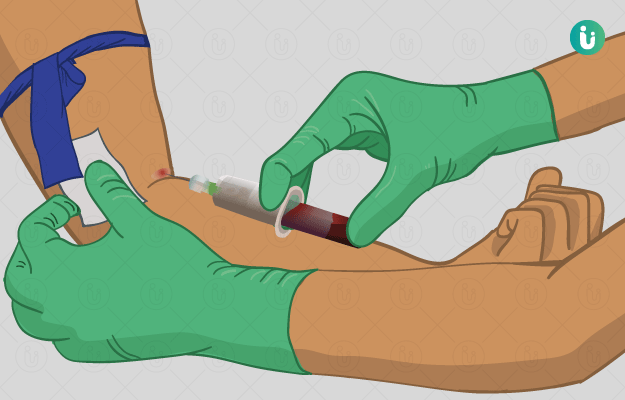What is Barbiturates (BAR) Urine test?
Barbiturates are a group of sedative drugs that were once used to treat neurological disorders such as anxiety, seizures and insomnia. They were also the most abused in the 1960s and 70s.
However, due to their adverse effects and risk of drug dependence, the use of barbiturates has reduced significantly. They have now been replaced by a safer class of drugs called benzodiazepines. Nonetheless, some barbiturates are still prescribed for the management of epilepsy (recurrent fits) and in anaesthesia. Also, they are one of the most commonly abused drugs.
A BAR urine test is used for checking the presence of barbiturates in the urine of a person who is suspected of drug abuse or barbiturates toxicity.


















